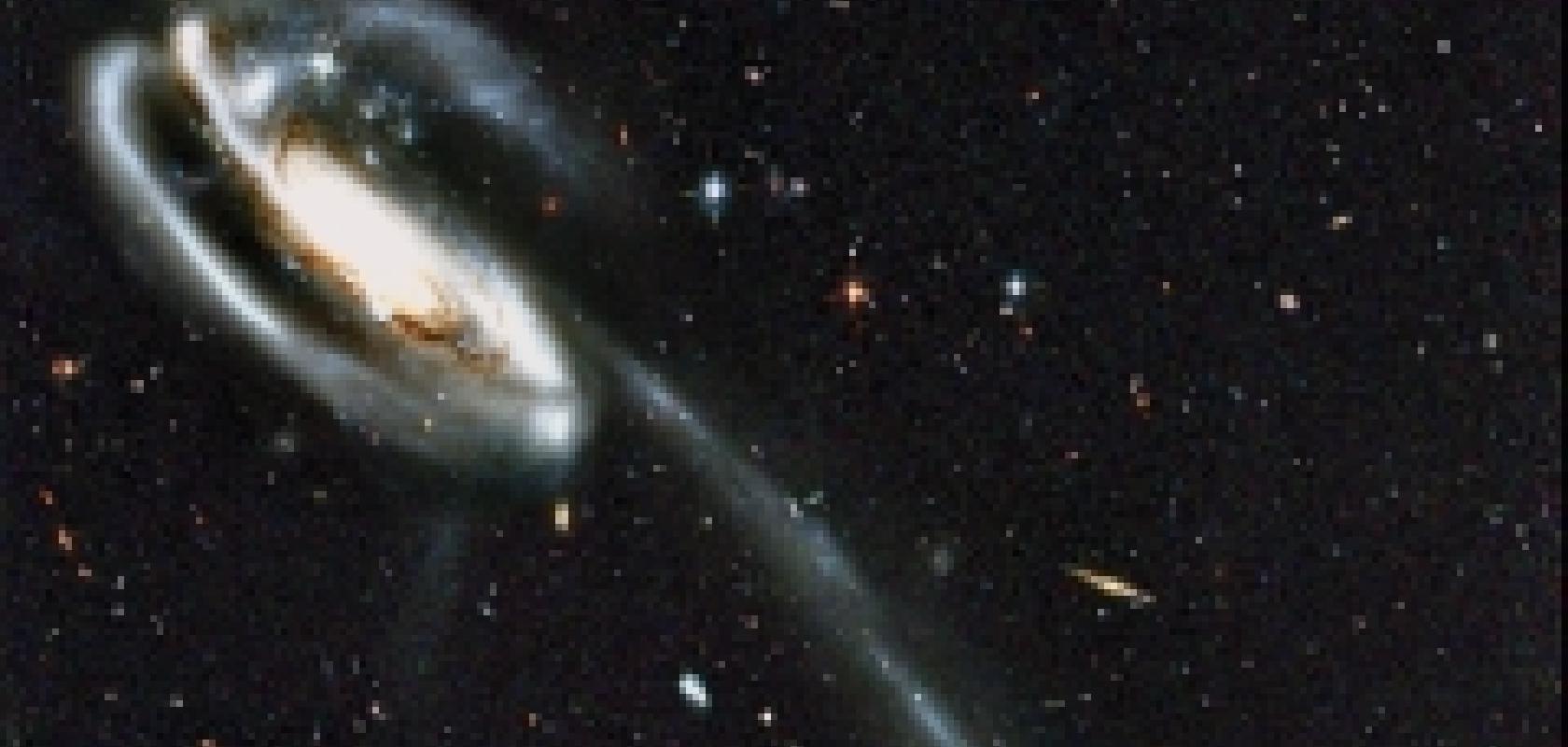A fast and efficient image enhancement technique developed at the National Institute of Standards and Technology (NIST) and originally applied to improving monochrome microscope images has proved itself equally effective at the other end of the scale — sharpening details on colour images of distant galaxies produced by the Hubble Space Telescope. That the technique’s practical value would span from inner space to outer space was a welcome surprise to NIST mathematician Alfred Carasso.
Removing blur is a problem common to almost all imaging, from home snapshots to scientific instrumentation. In principle, if you know the exact set of mathematical operations that govern the blurring, you can remove the blur by delicate numerical analysis. Many factors contribute to the blur, such as the motion of the object, the motion of the imager, irregularities in the optics and atmospheric effects. As a result, the precise mathematical transformation, the ‘point spread function,’ is usually unknown. However, in 2001, Carasso developed a technique – the Apex method — as a general solution to a specific limited class of blur: blur that is symmetric and has certain other mathematical characteristics.
Apex was originally applied to images from scanning electron microscopes, and to some medical imaging. However, Carasso recently applied Apex to astronomical images, including colour images from the Hubble Advanced Camera for Surveys (ACS). Overcoming the increased difficulties of de-blurring colour images, Apex successfully detected and corrected unusual optical blurring functions in several astronomical images and delivered strikingly enhanced versions of well-known Hubble images, including the Whirlpool and Tadpole galaxies. ‘There is an element of luck in scientific research,’ Carasso says, ‘sometimes a simple formulation, based on the right intuition, works out a lot better than you ever expected.’


